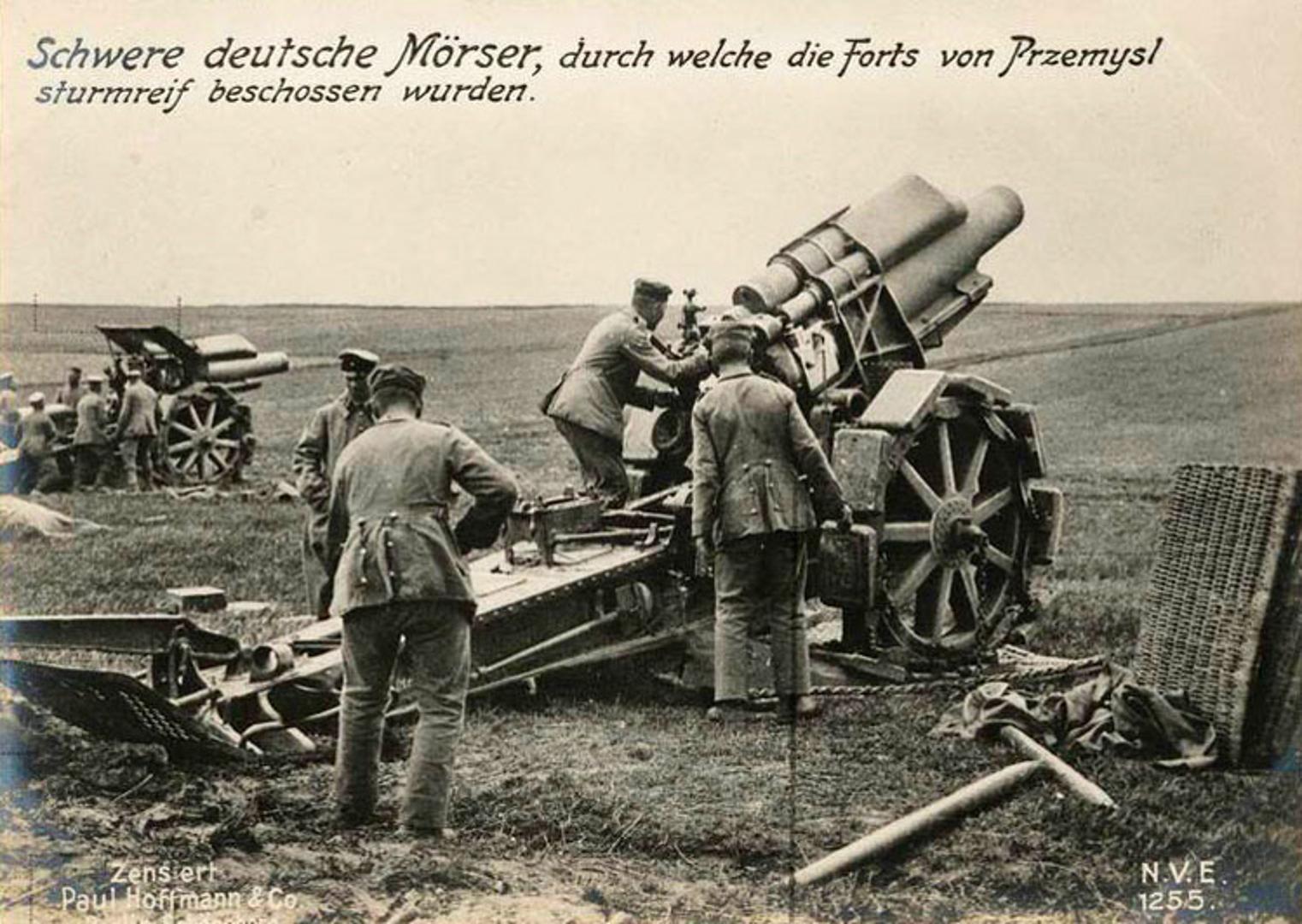FRONTLINE NEWS: New map will be released on July 24th!
The new map is almost here! We're really looking forward to seeing what you think of this one. It's been fun watching everyone's guesses as well. Some of you guessed it, as always!
[h2]Przemyśl[/h2]
Our console release date trailer shows off the new map - check it out...
[previewyoutube][/previewyoutube]
The new map is called Przemyśl!
Przemyśl was a fortified town that was the site of the longest siege during WW1. For 133 days the defenders held out against the Russian army, but were ultimately forced to surrender. In-game, you'll be able to fight around the bunkers and gun positions of the fortress.
[h2]Tannenberg on consoles[/h2]
We can announce the release date for Tannenberg on Xbox One and PlayStation 4: July 24th. Like the Verdun Remaster, we've handled the development of Tannenberg for consoles entirely in-house, and it's shaped up very nicely. If any of your console owning friends might enjoy some WW1 action, let them know!
The release will also be optimized to make full use of the extra power offered by the Xbox One X and PlayStation Pro. You can already pre-order Tannenberg for Xbox One.
[h2]Steam Summer Sale![/h2]
Tannenberg is 60% off, and Verdun is 65% off! If you’ve been waiting to complete your WW1 Game Series collection, or introduce a friend with a gift, now is the perfect time.

Come discuss the new map on our Discord!
[h2]Przemyśl[/h2]
Our console release date trailer shows off the new map - check it out...
[previewyoutube][/previewyoutube]
The new map is called Przemyśl!
Przemyśl was a fortified town that was the site of the longest siege during WW1. For 133 days the defenders held out against the Russian army, but were ultimately forced to surrender. In-game, you'll be able to fight around the bunkers and gun positions of the fortress.
[h2]Tannenberg on consoles[/h2]
We can announce the release date for Tannenberg on Xbox One and PlayStation 4: July 24th. Like the Verdun Remaster, we've handled the development of Tannenberg for consoles entirely in-house, and it's shaped up very nicely. If any of your console owning friends might enjoy some WW1 action, let them know!
The release will also be optimized to make full use of the extra power offered by the Xbox One X and PlayStation Pro. You can already pre-order Tannenberg for Xbox One.
[h2]Steam Summer Sale![/h2]
Tannenberg is 60% off, and Verdun is 65% off! If you’ve been waiting to complete your WW1 Game Series collection, or introduce a friend with a gift, now is the perfect time.

Come discuss the new map on our Discord!









